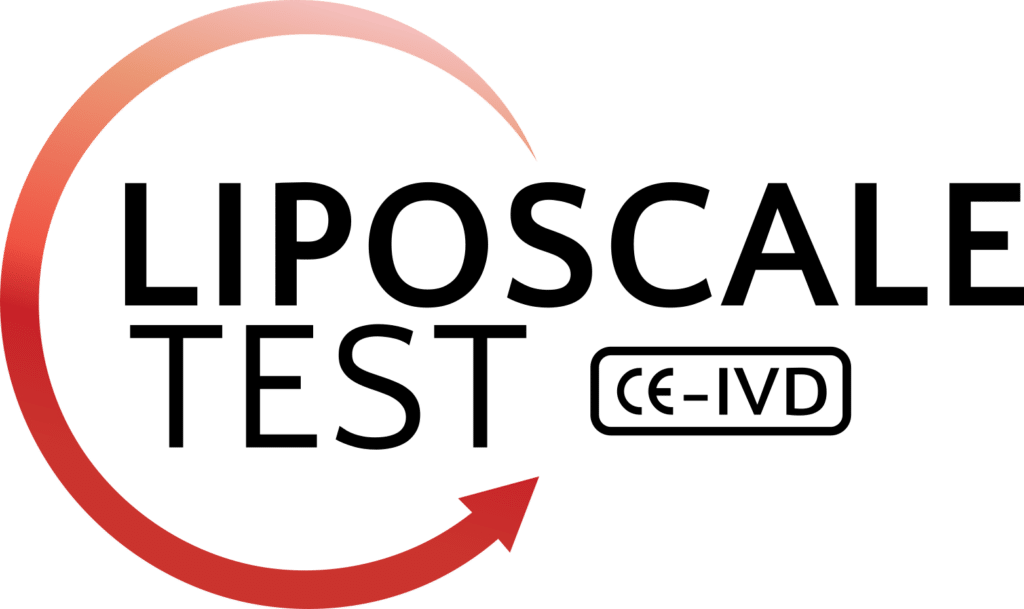Urinary Hippuric Acid as a Sex-Dependent Biomarker for Fruit and Nut Intake Raised from the EAT-Lancet Index and Nuclear Magnetic Resonance Analysis
GDF15 Circulating Levels Are Associated with Metabolic-Associated Liver Injury and Atherosclerotic Cardiovascular Disease
Effect of early initiation of empagliflozin with or without sacubitril/valsartan in a swine model of myocardial infarction
The athero-contour: A novel tool for global and rapid assessment of atherogenic parameters. A use case in saroglitazar treatment of MAFLD patients
Fecal metabolomics to understand intestinal dysfunction in male dairy beef calves at arrival to the rearing farm
Lipidomic and Metabolomic Changes in Community-acquired and COVID-19 Pneumonia
Abstract This prospective observational study compared the 1H NMR blood lipidomes and metabolomes of 71 community-acquired pneumonia (CAP) patients, 75 COVID-19 pneumonia patients, and 75 healthy controls (matched by age and sex) to identify potential biomarkers and pathways associated with respiratory infections. Both pneumonia groups had comparable severity indices, including mortality, invasive mechanical ventilation, and […]
Investigating the Link between Intermediate Metabolism, Sexual Dimorphism, and Cardiac Autonomic Dysfunction in Patients with Type 1 Diabetes
Abstract Sexual dimorphism influences cardiovascular outcomes in type 1 diabetes (T1D), with women facing a higher relative risk of macrovascular events compared to men, especially after menopause. This study hypothesizes that abnormalities in intermediate metabolism may be associated with cardiac autonomic neuropathy (CAN) in T1D. We aim to assess low molecular weight metabolites (LMWM) as […]
Identification of a molecular signature associated with covid-19 severity using a comprehensive 1H-NMR serum metabolomics profiling strategy
Abstract Background and Aims:Atherogenic dyslipidemia together with specific pro-inflammatory profiles have been identified as markers of severe adverse outcomes in COVID-19 disease. This study aims to evaluate nuclear magnetic resonance (NMR)-based metabolomics combined with machine learning algorithms as a strategy to identify a molecular signature associated with poor CoVID-19 prognosis. Ver texto completo
Differential analysis of lipoprotein and glycoprotein profiles in bacterial infections and COVID-19 using proton NMR and machine learning
Abstract Methods We obtained sera from 124 patients with COVID-19, 50 patients with catheter-related bacterial infections, and 50 healthy volunteers. Results were interpreted using machine learning. Results COVID-19 patients had bigger and more abundant VLDL particles than the control group and higher VLDL-cholesterol and VLDL-triglyceride concentrations. Patients with bacterial infections showed similar trends, but differences […]
Higher adherence to the Mediterranean diet is associated with improved glycemic control and reduced atherogenic patterns: A population-based study
Abstract Background and Aims:The traditional Mediterranean diet (MedDiet) has been linked to a reduced incidence of type 2 diabetes, while a potential effect on advanced lipoprotein profiles is debated. We hypothesized that greater MedDiet adherence positively impacts both glycemic and lipoprotein profiles. Ver texto completo


